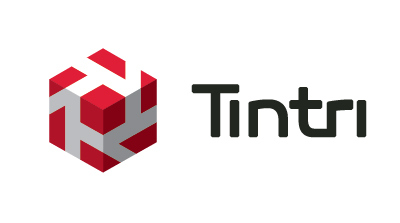For the longest time I was very pro-Android, a few years back I decided to make the jump away from the Apple “lock-in” and initially purchased a Samsung Galaxy S3 followed by an upgrade last Black Friday to the Galaxy S4. Both models provided me with absolutely horrible battery life. A very good friend of mine acted as a personal technology adviser and lead me to Amazon for the Hyperion 5800mAh extended battery. This proved to be very beneficial because in my line of work I’m constantly on the road, on conference calls and doing tons of other tasks all from the palm of my hand! A few other steps were taken to minimize battery drain like disabling WiFi, believe it or not this makes a world of a difference and also disabling background applications and turning off Bluetooth when not in use. Which for me is a very rare occurrence. I also used the S4 as my in car GPS through the Waze app (huge huge huge fan of Waze!) – but very often the phone would get super hot and begin to kill off apps like the Waze app to begin to self cool itself. Very bad when you’re trying to use the app for navigation in a busy city – many swear words were said to the phone when this happened causing me to miss my exit off of the highway and taking me 25 minutes out of the way!
So……what’s next?
Well I’ve had an iPad Air (Just upgraded to Verizon 4G LTE iPad Air 2) and also use a Late 2013 MacBook Pro 15″. With the introduction of iOS 8 and Yosemite, I simply could not resist the urge to further investigate maybe moving back to the Apple world! The coolest feature that excited me was the hand-off. So if I received a call while my MB/iPad was on the same WiFi connection as my iPhone I could answer and move the call back to my iPhone. Super cool 🙂 Yes, I’m very much so a geek. Also, most of my friends and work colleagues use iPhones so I was missing out hugely on the iMessage feature.
After like 5 trips to my local Verizon Wireless store I found the iPhone 6Plus 16GigggggggaByte in stock! Whoop Whoop, pumped!
I’ve been using this iPhone 6Plus in combination with the newly upgraded iPad Air 2 4G LTE for about a week now and I could not be happier. The more I use the devices the more I found it’s a match made in heaven. Like the Hotspot feature. Whenever you have your iCloud account added to all of your devices (everyone would absolutely already have done this I’m certain) you can hit the little WiFi icon in the menu bar by the clock and turn on the hotspot feature on your iPhone and your MB will automagically under the covers enable the hotspot on the phone and connect. For me I can use this feature to turn on the hotspot on my iPhone or the iPad since it’s 4G baby! Way cool.
Now for the most crucial issue I had, the infamous battery. I could not be more pleased. Now mind you the phone is about the size of a slice of toast, but I’m OK with it! Easily I can go an entire day plus without having to even worry about charging. I do however carry around my Tintri portable USB battery charger just in case. I’ve used the iPhone 6Plus as my GPS just as I did with the Samsung and it works awesome.
In conclusion I have no complaints, issues or shortcomings. The phone fits nicely in my pocket as well as in the car windshield mount that I purchased for the S4.
